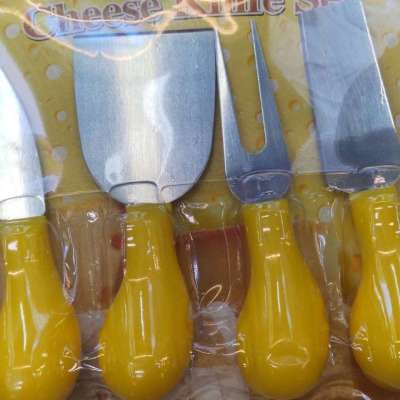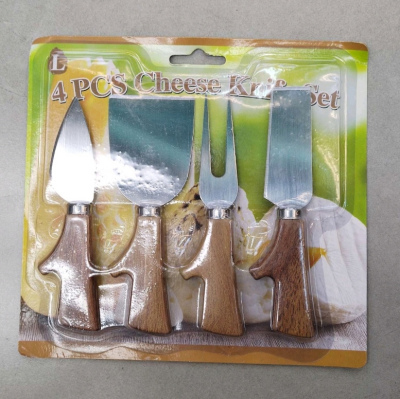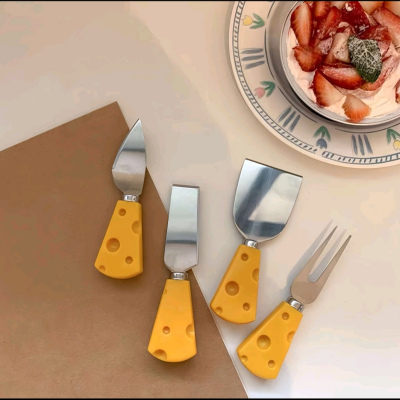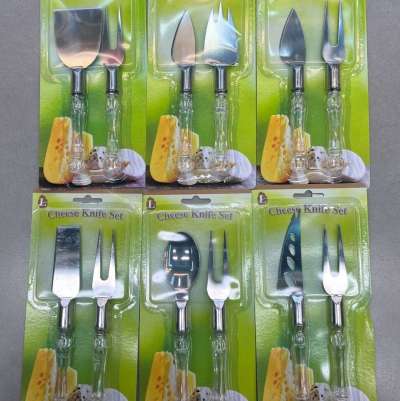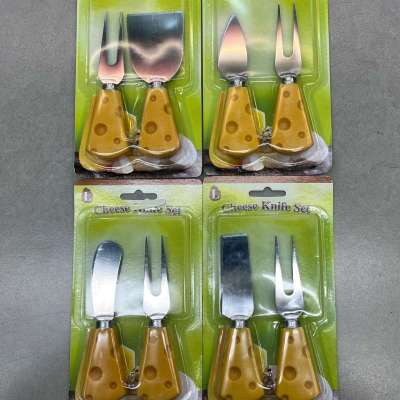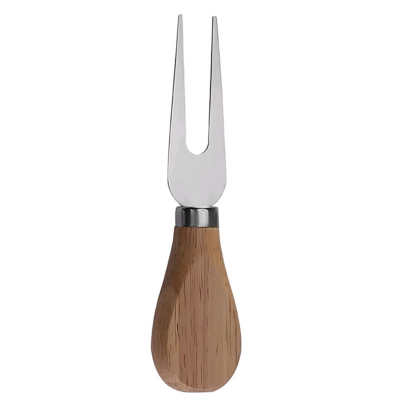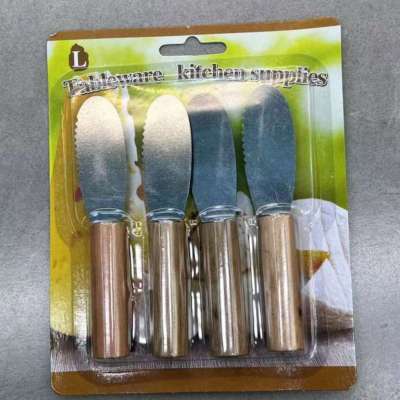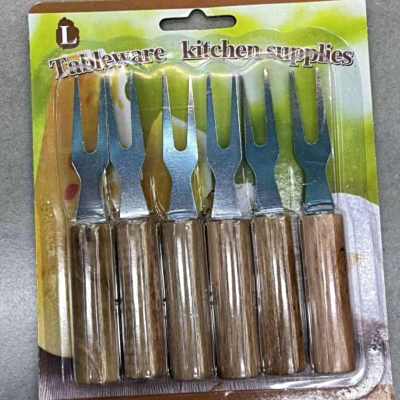The cultural story behind the cheese knife: a knife, a piece of history
In every corner of the world, every dish on the dining table carries a unique flavor and culture. In this rich and colorful food culture, a small cheese knife may not be eye-catching, but with its unique function and history behind it, it has become an indispensable link between diners and food. Today, let's delve into the cultural story behind the cheese knife and explore the historical charm it carries.
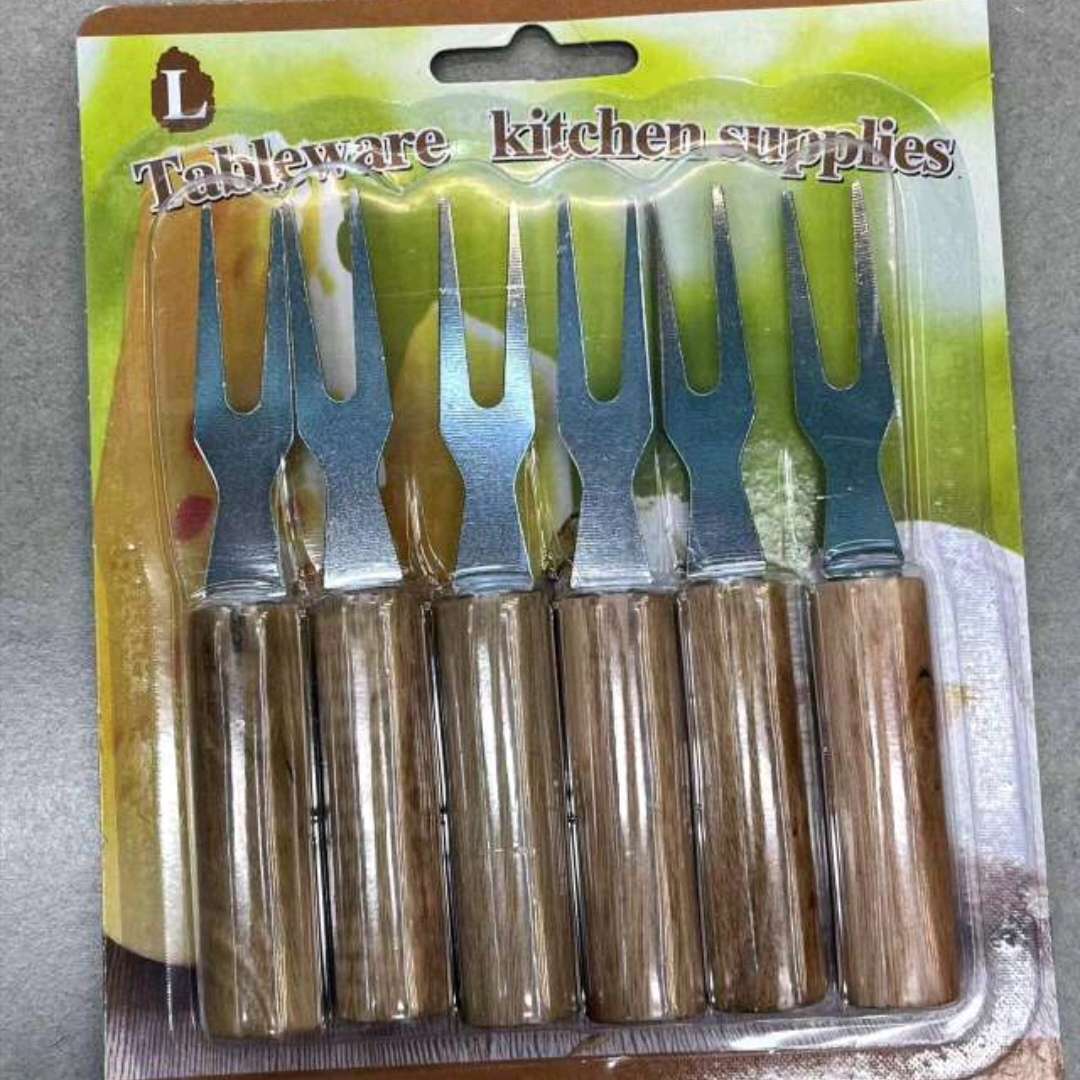
Origin: From aristocratic dining tables to commoner kitchens
The history of cheese knives can be traced back to the luxurious dining tables of medieval European nobles. In that era, cheese was a precious ingredient that could only be enjoyed at major banquets or holiday celebrations. In order to demonstrate its prestigious status, special cheese knives have emerged, often made of silver or gold-plated, with intricate patterns carved on the blade. They are not only used for cutting cheese, but also a beautiful scenery on the dining table. With the passage of time, cheese gradually entered ordinary households, and the cheese knife also shed its glamorous coat, becoming more practical and approachable.
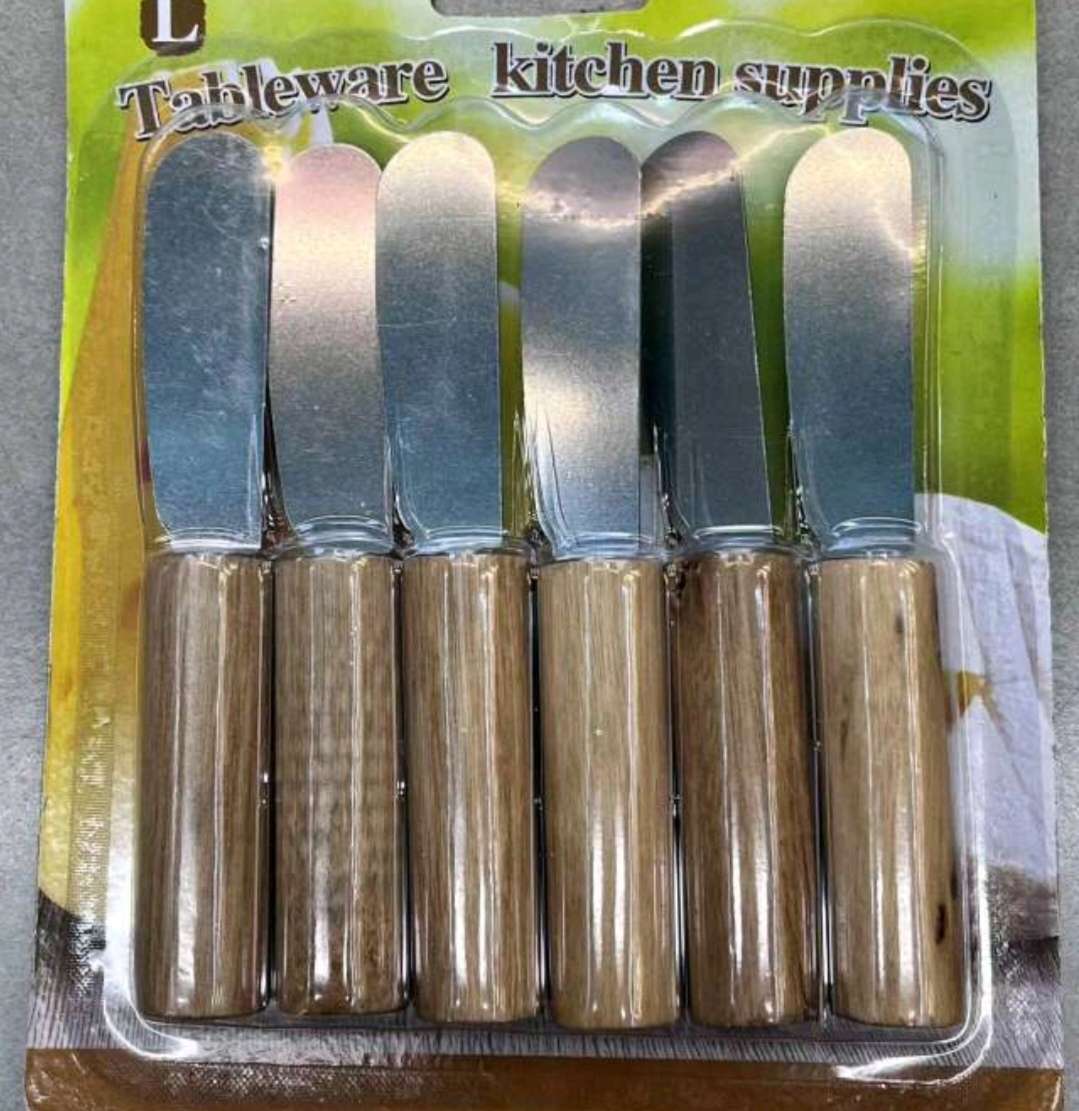
Change: Evolution of Craftsmanship and Design
In modern times, the design and production process of cheese knives have undergone earth shaking changes. From a material perspective, the application of stainless steel, ceramics, and even high-tech composite materials makes cheese knives more durable, easy to clean, and maintain good cutting performance. In terms of design, more emphasis is placed on the combination of ergonomics and aesthetics, ensuring that users can not only enjoy delicious food, but also feel the comfort and pleasure brought by the knives. Yiwu Jiehao Bamboo and Wood Products Co., Ltd., as a well-known kitchenware manufacturer in the industry, displays various innovative and high-quality cheese knives in its exhibition hall located on the second floor of Gate 87 in Zone 4 of Yiwu International Trade City, showcasing the perfect combination of modern craftsmanship and design.
Culture: Regional customs in knives
Every cheese knife incorporates elements of regional culture to varying degrees. For example, the French cheese knife, with smooth lines and simple but elegant handle design, reflects the French pursuit of quality of life; The Italian cheese knife, on the other hand, may place more emphasis on practicality, with a wider blade that is easy to cut cheese of various textures, showcasing the passionate and practical national character of Italians. These subtle differences make the cheese knife not only a cutting tool, but also a small messenger for spreading regional culture.
Inheritance: The Continuation of Skills and Emotions
In many families, an old cheese knife may carry the memories and emotions of several generations. It witnesses the joyful moments of families and accompanies the growth of children. Whenever festivals come, the whole family sits around a table, using this cheese knife that carries history and emotions to cut delicious cheese, and that warmth and happiness arise naturally. This inheritance is not only a material continuation, but also a transmission of emotions and culture.
Conclusion: A knife, a piece of history
In summary, although the cheese knife is small, the cultural stories behind it are rich and colorful. It is not only a tool for cutting food, but also a bridge connecting the past and the future, carrying the changes of history and the inheritance of culture. In this rapidly changing era, let us cherish these seemingly ordinary yet meaningful items, draw strength and inspiration from them, and continue to write our own historical chapters.

